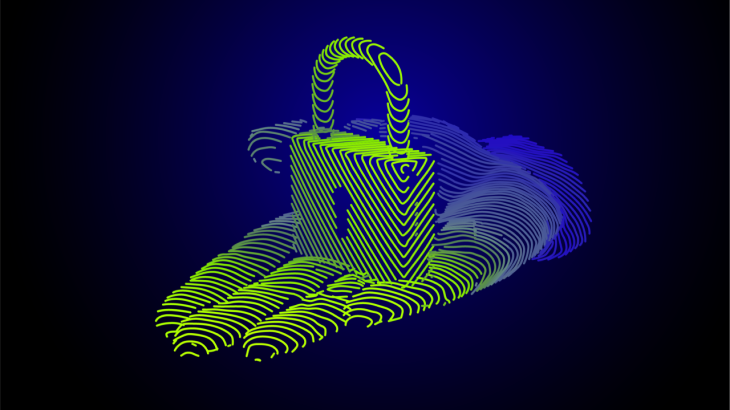
Legacy Systems, Modern Threats, and The Identity Gap
The UK’s National Cyber Security Centre reports a sharp increase in “nationally significant” cyber incidents, most tied to legacy systems and weak identity governance. As organizations modernize, many still overlook the largest vulnerability in their environments: uncontrolled privilege. This article explores why identity has become the real infrastructure, why traditional models fail, and how a complete privileged-access strategy creates measurable resilience.
The Problem No Patch Can Fix
The NCSC’s latest report highlighted a doubling of serious incidents across the UK.
The cause wasn’t a wave of new zero-days; it was the same old problem: excessive privilege and weak identity control.
Most critical-infrastructure breaches start quietly.
A dormant admin account.
A shared password on a control system.
A system that can’t enforce multi-factor authentication.
Attackers aren’t breaking in anymore; they’re authenticating in.
The Hidden Cost of Legacy Access
Legacy environments are full of silent trust: accounts that have outlived their owners, permissions expanded through convenience, and systems architected for a time when the network itself was the perimeter.
Each of those assumptions now represents risk. Once an attacker compromises a single privileged identity, they inherit every unmonitored connection that account touches.
Lateral movement isn’t sophisticated; it’s expected.
Identity Is the Real Infrastructure
In modern enterprises, everything has an identity: routers, load balancers, APIs, automation pipelines, and operators.
The convergence of IT, OT, and cloud has made identity the connective tissue of every environment, yet it’s still managed in fragments.
When identity isn’t unified, attackers don’t need exploits; they just follow the gaps.
The Shift From Restriction to Accountability
The old view of PAM was about control: limit access, add friction, lock things down. But in today’s world, velocity matters as much as security.
When done right, PAM doesn’t restrict people; it empowers them to operate securely within clear boundaries. It centralizes credentials, enforces least privilege, and monitors every privileged action in real time.
The result is confidence, not constraint.
Building Trust That Scales
Modernizing access across legacy, hybrid, and cloud environments isn’t about replacing tools; it’s about creating a unified approach to privilege.
The most resilient organizations share three characteristics:
Visibility: Every privileged identity is known, human or machine.
Measurement: Privilege is tracked like financial spend, with accountability at every level.
Adaptability: Access decisions adjust dynamically as context changes.
That’s how enterprises move from reactive controls to proactive governance.
Closing the Identity Gap
The rise in major incidents isn’t just a security failure; it’s an identity failure.
Legacy systems will always exist, but unmanaged privilege doesn’t have to.
A complete PAM strategy bridges that divide, giving organizations the visibility, governance, and assurance they need to run faster and safer.
Because resilience doesn’t come from more tools; it comes from control that understands who and what truly matter.
Kron Technologies helps organizations unify privileged-access control across IT, cloud, OT, and network environments, protecting every identity, everywhere it operates.
If your organization is modernizing its infrastructure or assessing compliance with emerging identity standards, our experts can help you build a roadmap that turns privilege into a measurable strength.
> Learn more about Kron’s PAM platform or schedule a strategy session with our team at www.krontech.com/contact
*Written by Craig Riddell. He is a Vice President of Technology and Field CISO, Americas at Kron.
Highlights
Other Blogs

There Is No True Cloud Security Without Comprehensive Command and Control













